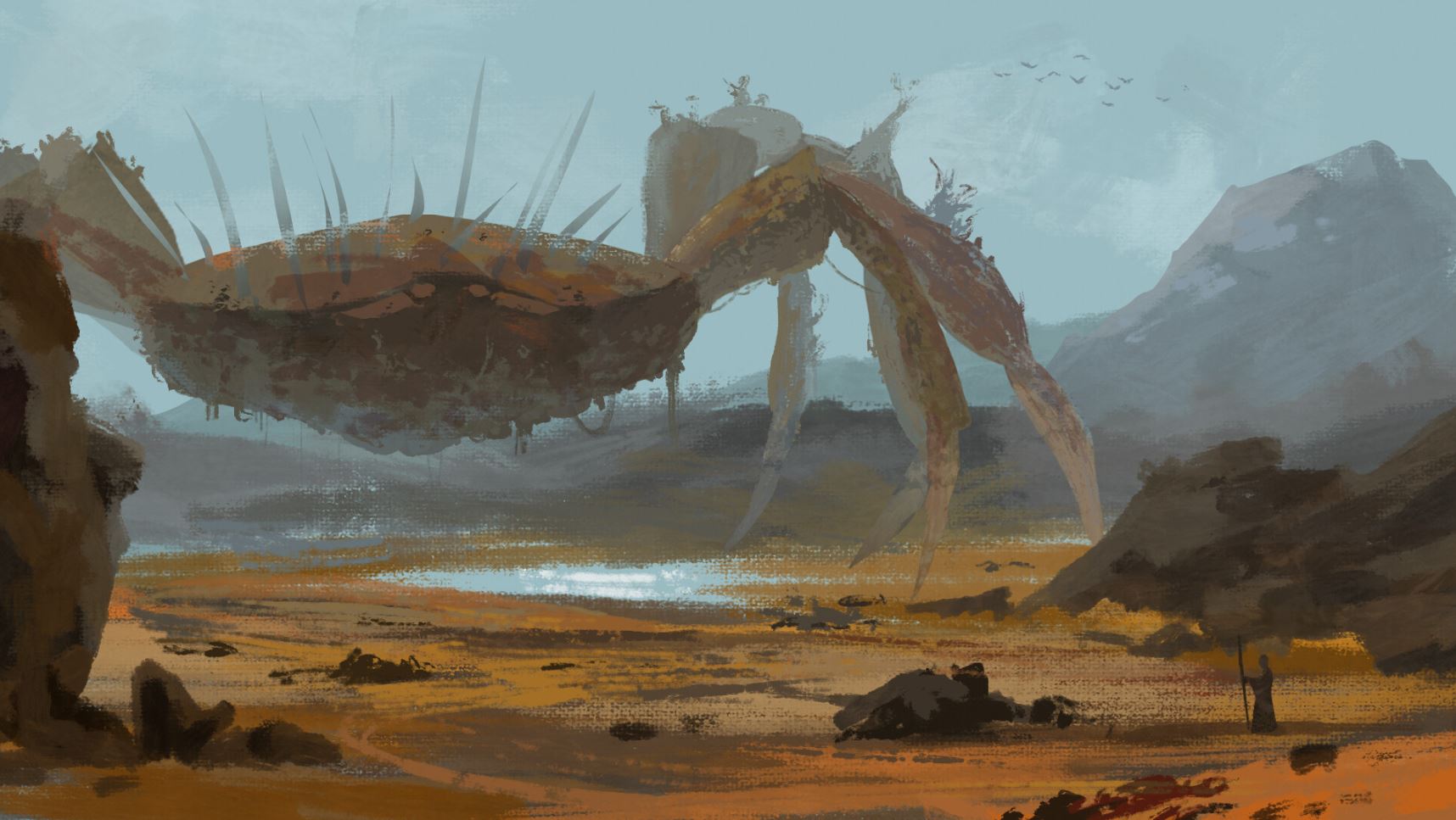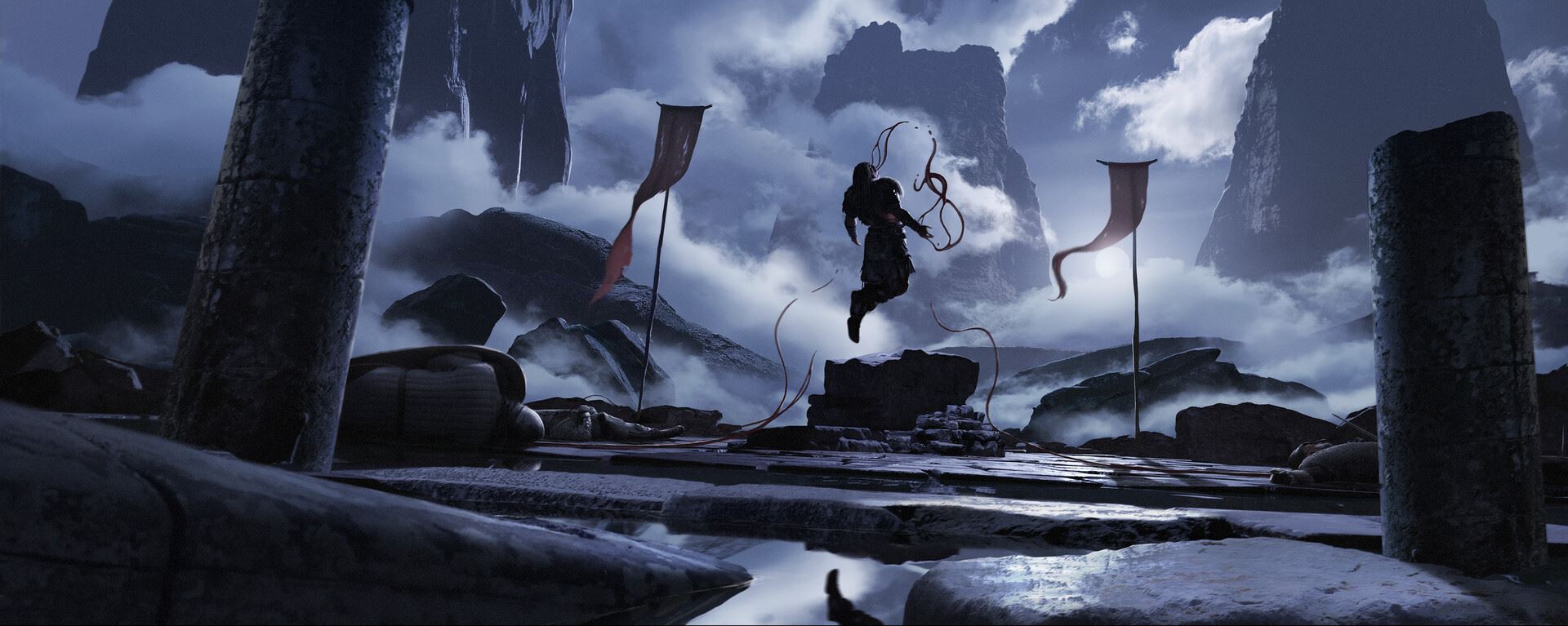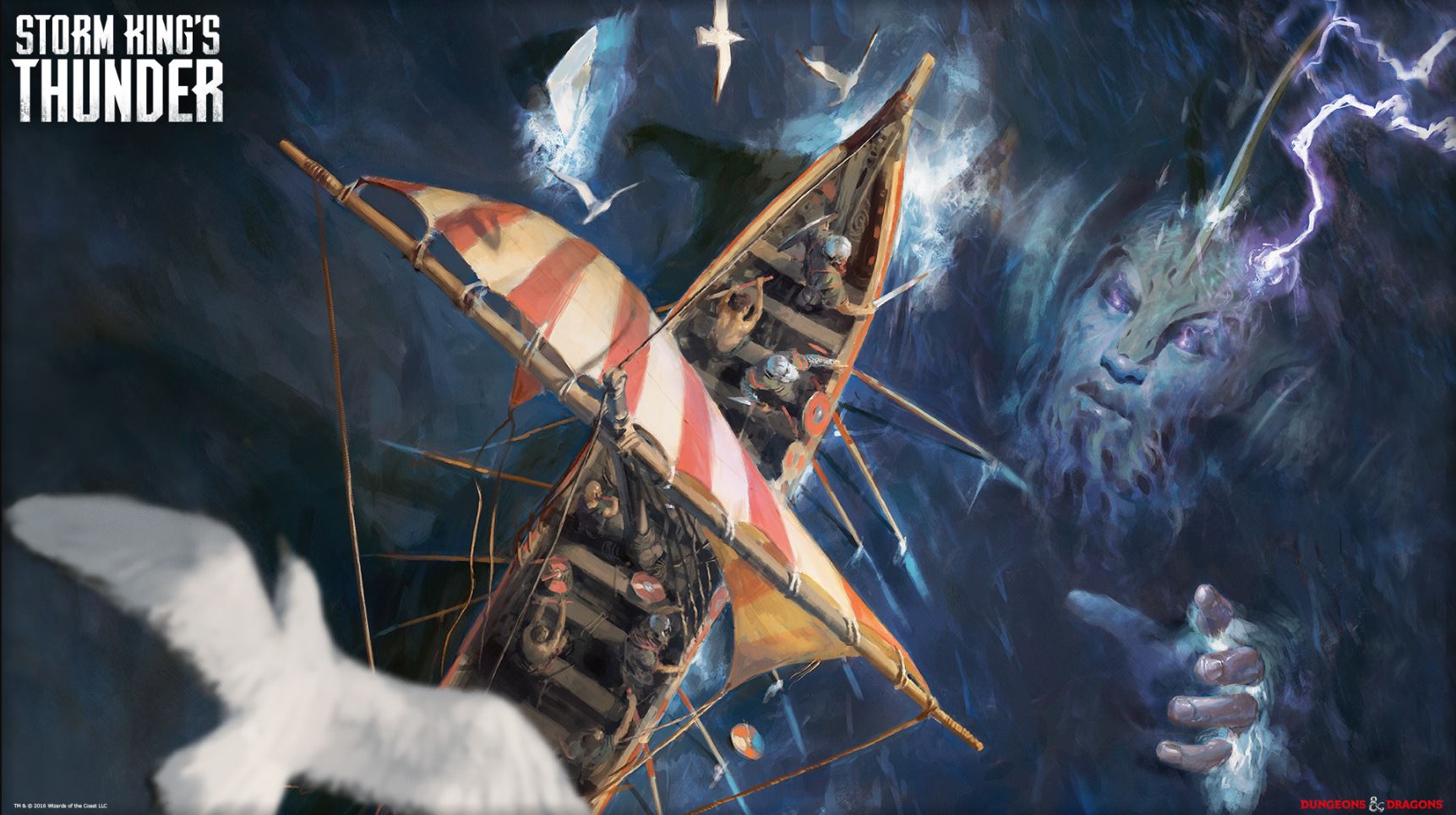Most long-time DM’s and players can agree that the Death Saves is, for lack of a better word, broken. And I’m not talking about Joe Manganiello’s Clothing Line. That’s excellent.
No, I’m talking about the Death Saving Throws system built in to Dungeons and Dragons; Fifth Edition.
The Current System
The system as it stands finds any players which have lost all of their hit points rolling Death Saving Throws. Players roll a D20, any roll equal to or higher than 10 succeeds, and roll lower than 10 fails. Three successes allow players to stabilize, and three failures result in the death of that character.
It’s not a flawed concept. Foundationally, it captures the spirit of D&D; which is Narrative Gambling
“It’s something between storytelling and gambling … there’s a certain place in the gameplay where you give up control — that’s the roll of the dice.”
But it is a flawed execution, as anyone who’s played the game (especially at high levels will tell you)
Without going into too much detail right away, there are three main flaws of this system; it is way too lenient on the players, it is the most metagame-prone system in the whole of D&D, and it completely removes choice and agency from the player at risk.
These issues combined make the current deaths unsatisfying for new players and reduce the entire system to a trivial inconvenience by late campaign play.
But of course, this is D&D. We can hack, modify, and change whatever we want. Here are three variant rules that, when used in combination, transform Death Saves into something far more terrifying, narratively compelling, and player-driven.
1. Taking Exhaustion Points for Every Time Downed

Your party has been separated.
After delving through a mystical and confusing labyrinth of ever-changing stone tunnels, the party’s fighter emerges out of a trap door that takes him to the top of a grassy cliff overlooking the sea.
Your cleric, on the other hand, heaves a large stone to the side of the sealed tunnel and trudges through the sands of the beach before them before they are beset by a hoard of Giant Crabs.
The fighter sees this. They consider their options. How best to meet and aid the Cleric in enough time to be helpful? Making survival checks and athletic checks in initiative to try and use their 50 feet of hempen rope to descend the cliff? Finally use that Scroll of Featherfall?

Going down to 0 HP in Dungeons and Dragons is the equivalent of taking an injury so profoundly devastating that whether or not someone lives or dies is up to luck, and there is absolutely no lasting effect for managing to survive it.
In its place, one of the most popular variant rules in D&D has players take a point of exhaustion every time they come back up after they’ve been downed. If you’re unaware, Points of Exhaustion are the degrees to which the exhaustion of a character negatively impacts their ability to perform. Starting with disadvantage on all ability checks and ending, should you accumulate all 6 points, with death.
This creates a feeling of consequence not present in the current Death Saving Throw system and dissuades players from exploiting their own healing abilities in order to progress.
2. Rolling Saves Behind the Screen

The current Death Save system skews heavily in favor of the player and this isn’t necessarily a bad thing. Although it’s fifty-fifty on the pure statistics level of whether or not the player would stabilize, the way the system is designed takes anywhere from two to a staggering five full rounds of combat to resolve the encounter.
Any party of adventurers thinking with any portion of their brain is absolutely going to be able to heal another character in that amount of time, and what undercuts the tension of this situation even further is the fact that all players can estimate how long they have to save the other.
In the current system, it is the player who rolls and verbally tells the DM the outcome of their Death Save, which allows every other player at the table to hear it. They’ll know how many successes and how many failures have occurred and can use that to determine the severity of the situation.

This is not only frustrating for the DM who is watching characters refuse to heal their grievously injured companion for inexplicable reasons, but can be for the player as well; watching as their friends ignore the player’s desire to jump back in the fray because they only need one more save anyways.
But, if you have the player roll their save so that only the DM can see it (or even have the DM roll it alone) no one else at the table knows the outcome. It’s not clear if the PC is ever one roll away from the unconscious or the unknown.
It adds a sense of urgency and tension to the game that is intoxicating for all involved.
3. The Heroic Sacrifice System

This last, original homebrew system, synthesizes the original system and variant rules so that Death Saves are the most exciting, terrifying, cinematic, and devastating part of any campaign in the game.
The absolute worst thing that can happen in D&D, especially in a moment that should be as emotionally elevated as this one, is that the downed player gets bored. Combat is already incredibly difficult to pace and keep interesting for those who are not actively taking their turn.
It is a long, crunchy process, and it’s hard to keep players invested in the board and challenge the plans they’re making for their turn. Now take away their ability to do anything except roll a Death Save on their turn and it’s easy to become uninvested.
That’s why I’ve introduced a system that gives the downed player a choice. A terrifying, confronting choice. A choice that embraces one of the key components of a hero-based power fantasy; the spirit of self-sacrifice.

On any downed player’s turn, in place of taking the chance to roll a Death Saving throw, the player has the opportunity to make a Heroic Sacrifice. A sacrificing of their character in order to change the tide of the battle which has taken their life from them.
Should the player choose to make the sacrifice, the player automatically fails all three Death Saves and dies in a way that they cannot even be revived from (barring Wish).
In exchange, the player is able to do one of two things; cause an insane amount of damage to the board, or accomplish something incredible. This depending on the amount of Death Saves they have already failed.
| Amount of Death Saves Failed | Heroic Sacrifice: Deal Damage | Heroic Sacrifice: Succeed on Ability Check |
|---|---|---|
| PC Death Save Fails: 0 | Deal damage from a pool equal to 150% of their Max HP to any enemies on the board | Automatically succeed on any ability check DC 25 or lower, rolling with advantage if the DC is higher. |
| PC Death Save Fails: 1 | Deal damage from a pool equal to 100% of their Max HP to any enemies on the board | Automatically accomplish any ability check DC 20 or lower, rolling with advantage if the DC is higher. |
| PC Death Save Fails: 2 | Deal damage from a pool equal to 75% of their Max HP to any enemies on the board | Automatically accomplish any ability check DC 15 or lower, rolling with advanatage if the DC is higher |
This not only forces the downed player to stay invested and pay attention to how the fight is going on the entire board but also gives even more incentive for the other members of the party to fight tooth and nail to heal them, as they know their Martyr-prone friend might take the deal at any moment.
And this is where all the rules begin to synthesize into something truly special.
The deal to the player on its own might not seem worth it. But what if the player knows they’ll be on their second point of exhaustion when they get up, rolling all attacks with disadvantage? What if the player is listening to their friends plan to heal him, knowing that it’s not going to be possible because they alone know they have two failed saves and won’t make another round?
It’s when everything is combined that this system completely changes the course that a Downed Player has on the game. It creates player-motivated stories which still rely on chance but adds a level of terror, strategy, and storytelling that isn’t even fathomable in the current rules.
So go forth, my GM cohorts, go forth and do as you were meant to: Kill the Players.


